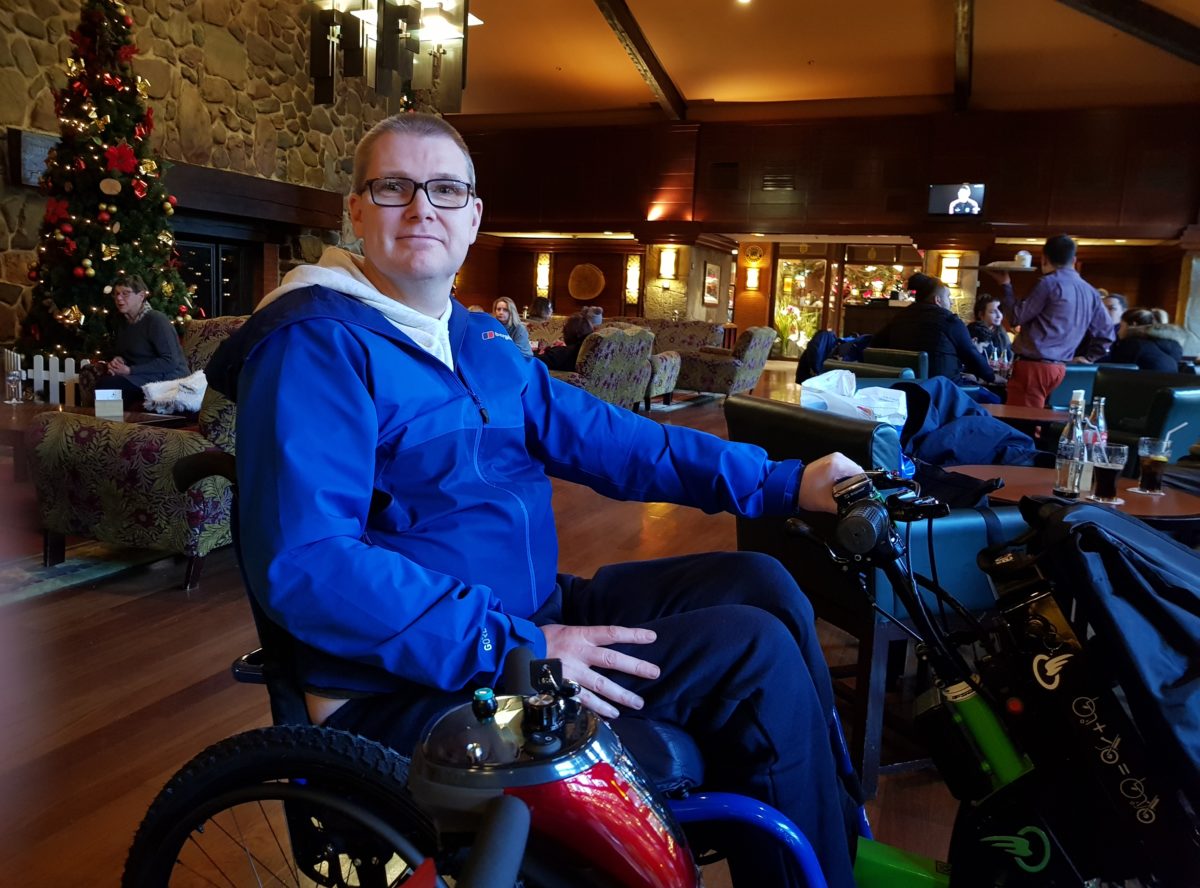Back in October last year we went to Harry Potter Studios and then the following day to Chessington world of Adventures.
Harry Potter Studio tour was very accessible for almost the entire tour from the moment we arrived (great big car park with lots of disabled parking) to when we left. It was approximately 3 hours to complete the tour and was mainly flat and smooth for almost all of the tour, the one exception was Diagon Alley which if you recall the film or books was very heavily cobbled and also on an incline. It would have been much easier if it had either not been on an incline or they had made a small width of the path with smaller cobbles or a smooth surface for wheelchairs.
We stayed in the Premier Inn just next door to Chessington World of Adventures in an adapted room. The room was good, wide doors, plenty of space to turn around and the wheel in bathroom with shower seat was easily accessible. The only thing that we have found is that the they tend not to do adapted family rooms which can makes things awkward if we are staying just as 2 adults 2 children, luckily we were able to stay in the adapted room whilst the youngest children and their eldest sister had a family room
We booked meals in the Beefeater next door which was good, it was close to the Premier Inn and relatively easy to get to (although admittedly you would probably need a hand to get up the incline to the main section).
The following day we went to Chessington World of Adventures, I had previously been but many years ago and when I was not in a wheelchair. I had forgot how steep some of the paths were and it was hard work getting about. We were lucky that when we went it was not school holidays so was not too busy. You will need a radar key to get into the disabled toilets. If you are with someone else (an adult) then as they are classed as your carer then they get in for free (You will need a Blue Badge to prove you’re disabled)
I would recommend it but bear in mind that you will essentially be there to watch others go on the rides and enjoy themselves

























































